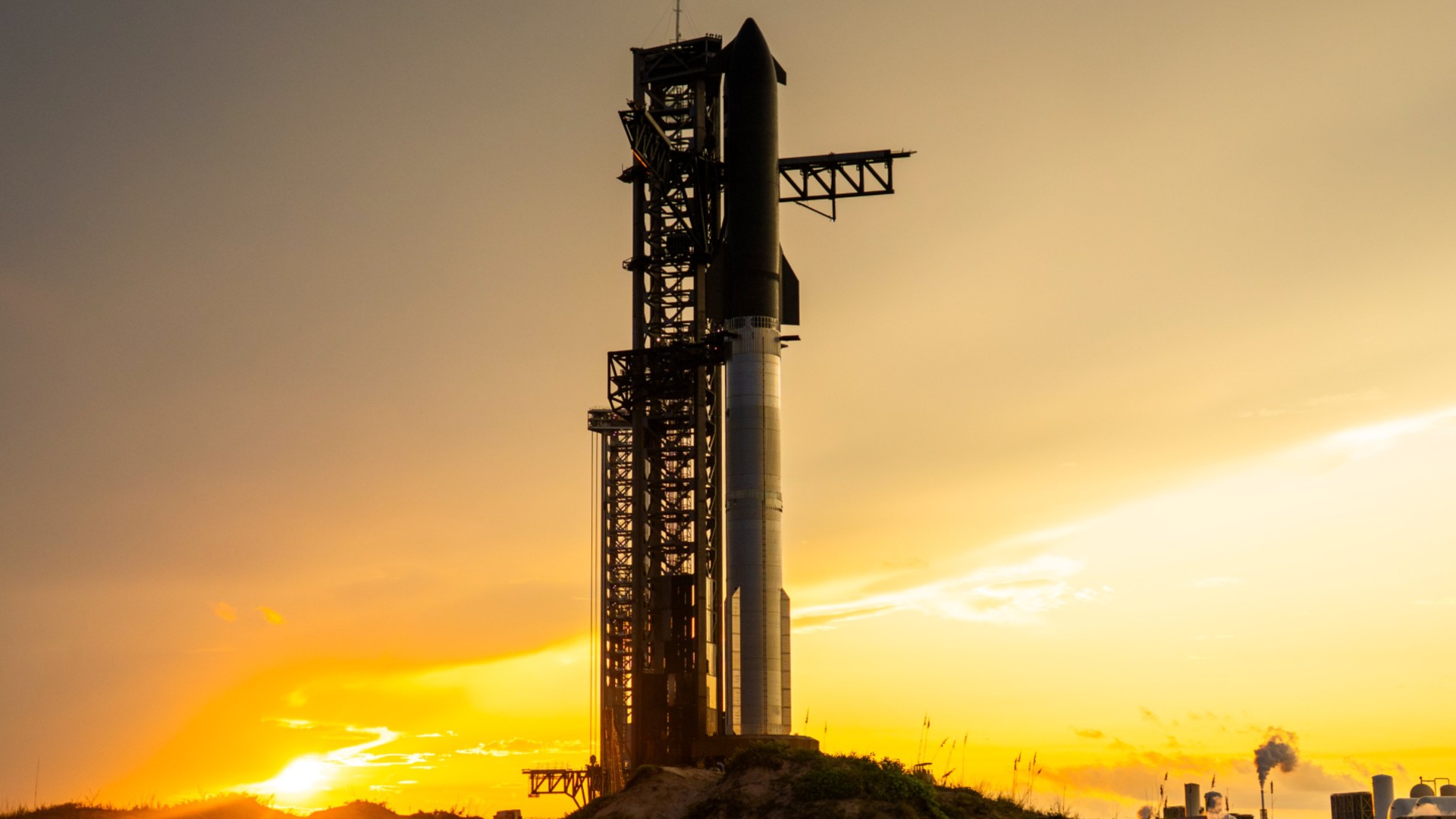So, you’re scrolling through your feed and—bam—a clip pops up of this colossal rocket roaring off the Texas coast. Maybe you paused for a second. Maybe you didn’t. But if you did, you probably thought, “Wait, what was that?” That, my friend, was SpaceX’s Starship Flight 11. And yeah, it was kind of a big deal. Let’s break it down. No fluff. No techno-babble. Just the real story behind what went up, what came down, and why people are buzzing about it.
First, What Is Starship?
Alright, let’s start with the basics. Starship is SpaceX’s shiny new rocket system. It’s not just another launcher—it’s their all-in bet on the future of space travel. Fully reusable. Monster-sized. And built to haul humans to the Moon, Mars, and maybe even further. Wild, right?
It’s made up of two parts. First, there’s the Super Heavy Booster. That’s the bottom chunk—it does the heavy lifting off the launch pad. Then there’s the Starship Upper Stage. That’s the sleek part that cruises into orbit and, eventually, lands on other planets (hopefully not in pieces).
Stacked together, they’re about 403 feet tall. To put that in perspective, imagine the Statue of Liberty standing on top of the Empire State Building’s antenna. Yeah. That’s tall.
Flight 11: The Basics
Here’s the quick-and-dirty rundown of Flight 11:
| Detail | Info |
| Launch Date | October 13, 2025 |
| Launch Site | Starbase, South Texas |
| Launch Time | 6:23 PM CT |
| Mission Type | Suborbital test flight |
| Booster Splashdown | Gulf of Mexico |
| Starship Splashdown | Indian Ocean |
| Payload | Mock Starlink satellites |
| Duration | About 7 minutes to booster splashdown |
This was the eleventh test flight. And, oddly enough, it was also the swan song for this particular Starship prototype. SpaceX is already prepping the next-gen version, which—if rumors are true—has some serious upgrades.
Also Read: How to Calculate Contribution Margin Ratio
What Was Tested?
Flight 11 wasn’t just a “go up, come down” kind of deal. It was more like a stress test. Think of it as SpaceX poking and prodding their rocket to see what breaks (hopefully nothing).
- Heat shield tiles: These protect the spacecraft during reentry. Flight 11 tested new designs.
- Engine reignition: Starship briefly fired its engines in space to simulate orbital maneuvers.
- Payload deployment: Mock Starlink satellites were released to test cargo handling.
- Landing burns: The Super Heavy booster performed a multi-engine landing sequence.
All of it? One step closer to making Starship safe enough to carry actual people. Someday.
Splashdowns, Not Landings
Here’s something that might surprise you. Unlike SpaceX’s Falcon 9, which lands gracefully on drone ships like a gymnast sticking a vault, Starship and Super Heavy still belly-flop into the ocean. Why?
Simple. It’s safer. When you’re testing something this massive, you don’t want it slamming into a launch pad or blowing up near expensive gear. Water’s forgiving. Mostly.
- Super Heavy gently touched down in the Gulf of Mexico.
- Starship splashed into the Indian Ocean after doing its thing.
No drama. No explosions. Just a couple of big metal tubes taking a dip.
Why Flight 11 Was A Big Deal
Okay, so why are people hyped about this one?
- Second successful test in a row: That’s huge. Flight 10 went well, and now Flight 11 followed suit. That’s momentum.
- Reliable launch and recovery: It proved that SpaceX can launch, maneuver, and recover both stages. Not just once—but consistently.
- Next-gen prototype incoming: It paved the way for the next Starship prototype. NASA’s acting administrator even called it a “milestone moment.”
Starship By The Numbers
Let’s nerd out for a second. Here’s what Starship’s packing:
| Component | Specs |
| Height | 403 feet (123 meters) |
| Diameter | 30 feet (9 meters) |
| Engines | 33 Raptor engines (Super Heavy) |
| Payload Capacity | Up to 150 tons |
| Reusability | Fully reusable (eventually) |
| Target Missions | Moon, Mars, satellite deployment |
That’s not just big. That’s borderline ridiculous. But in a good way.
What’s Next For Starship?
SpaceX isn’t hitting the brakes. Not even close.
- Upgraded prototype: New heat shields, beefier engines, and more reliable landing gear.
- Orbital flights: Starship will circle the Earth before returning. A big leap from suborbital hops.
- NASA Artemis support: Starship is slated to land astronauts on the Moon in 2027.
Elon Musk has teased that future versions will refuel in orbit. That’s a game-changer. You fill up in space and keep going. Like a cosmic gas station.
Why Should You Care?
Look, even if you don’t geek out over rockets, Starship matters. Here’s why:
- Reusability: Cheaper launches.


